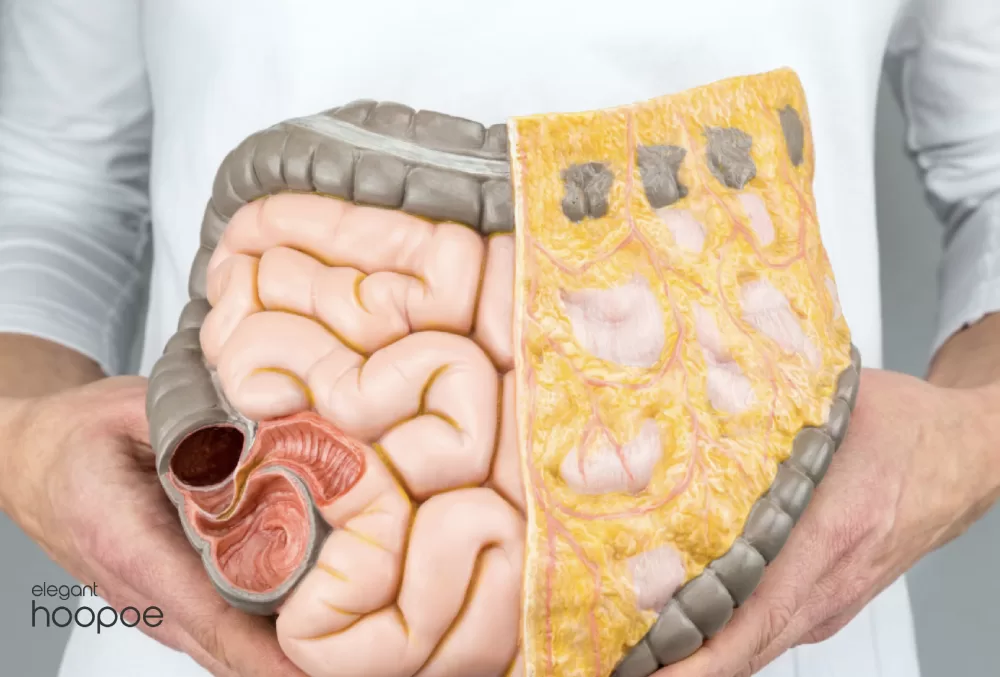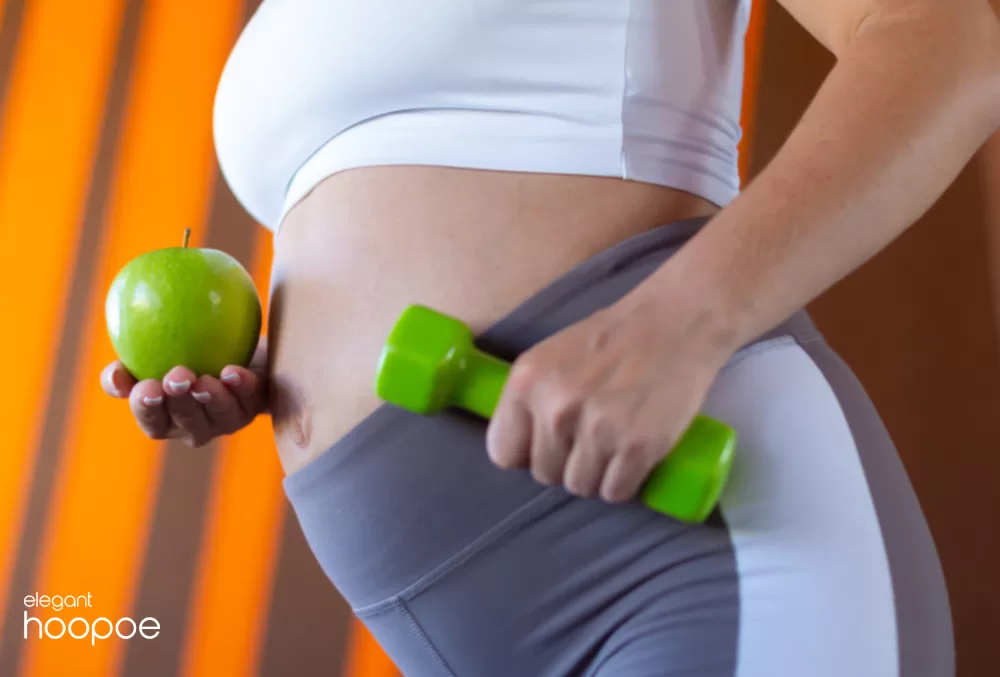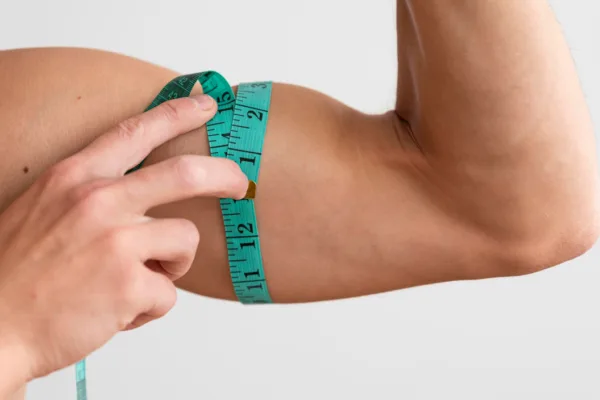How Can You Reduce Visceral Fat and Improve Your Health?
Visceral fat, or hidden fat, surrounds vital organs and increases the risk of heart disease, diabetes, and other serious conditions. You can reduce visceral fat by:
- Exercising regularly (150 minutes of aerobic exercise per week + strength training)
- Following a healthy diet rich in fruits, vegetables, lean protein, and whole grains while avoiding processed foods and added sugars
- Managing stress, improving sleep, and limiting alcohol intake
- Considering medical or non-invasive fat reduction treatments if needed
A combination of these lifestyle changes can help lower visceral fat levels and enhance overall health.
Visceral fat or Hidden Fat, also known as abdominal fat or belly fat, is a type of fat that accumulates deep inside the abdominal cavity and surrounds vital organs such as the liver, stomach, and intestines. Unlike subcutaneous fat, which is the fat that lies just below the skin and is visible, visceral fat is hidden and cannot be easily measured or seen. However, its presence can have serious health implications.
Some Key facts regarding hidden fats:
- They can casue serious health problems
- This type of fat is created due to recieving more calories than an individual is burning.
- You can prevent the accumilation of hidden fat in your body by following the right eating plan and exercsiging regularly.
What causes visceral or hidden fat?

Basically, if an indiviual is eating more calories than they are burning, then it is highly likely that they will have more hidden fat in their abdomen area than they should in the long-term. Those who do not have regular exercise plan and do not follow a healthy diet are more likely to have visceral fat.
Some people are moore likely to have hidden fat :
- Males
- women who have gone through menopause
- Individuals who had low birthe weight
- People with genetic predisposition
- Those who drink too much alcohol
- People who eat too much sugar
Risks and Side Effects of Visceral Fat
Visceral fat is not just an aesthetic concern; it poses significant health risks. Studies have shown that excess hidden fat is strongly associated with various medical conditions, including heart disease, type 2 diabetes, stroke, high cholesterol, and even certain types of cancer. This is because this type of fat is metabolically active and releases inflammatory substances and hormones that can lead to chronic inflammation and disrupt the normal functioning of the body’s systems.

The exact mechanisms by which visceral fat contributes to these health risks are still being explored, but researchers believe that the release of certain proteins from hidden fat cells can cause inflammation in the body’s tissues and organs, leading to the narrowing of blood vessels and an increase in blood pressure. This chronic inflammation and impaired blood flow can ultimately result in the development of cardiovascular diseases and other related conditions.
Assessing Your Visceral Fat Level
So how to find out if you have visceral fat?
While there is no foolproof way to measure the exact amount of hidden fat in your body without expensive imaging tests, there are some indicators that can give you an estimation. Waist size, body mass index (BMI), waist-to-hip ratio, and body shape can all provide insights into your visceral fat level.
Waist Size
Measuring your waist circumference is a simple and accessible method to assess your visceral fat level. Using a tape measure, wrap it around your waist, just above your belly button. For women, a waist size of 35 inches or more indicates a higher amount of toxic fat, while for men, it’s 40 inches or more. However, it’s important to note that this method may not be accurate for individuals who are very overweight or of Asian descent, as the benchmarks for visceral fat may differ.
Read more: Weight loss vs inch loss? Which is better?
Body Mass Index (BMI)
BMI is a formula that calculates your weight relative to your height. While it is not a direct measure of hidden fat, a high BMI (30 or higher) is often associated with increased hidden fat levels. For individuals of Asian descent, a BMI of 23 or higher may indicate a concern for visceral fat.
Waist-to-Hip Ratio (WHR)
The waist-to-hip ratio is another method to assess visceral fat. Divide your waist circumference by your hip circumference to determine your WHR. Some research suggests that WHR may provide a good estimate of hidden fat, but it may not be superior to a simple waist measurement.
Body Shape
Your body shape can offer clues about your visceral fat level. Men with an apple-shaped body, characterized by excess fat accumulation in the abdominal area, are more likely to have higher levels of visceral fat. On the other hand, women with a pear-shaped body, where fat tends to accumulate in the hips and thighs, may have lower levels of hidden fat. This difference in body fat distribution may partially explain why women usually have a longer life expectancy than men.
The Importance of Losing Visceral Fat
Reducing visceral fat is not only about achieving a slimmer waistline; it is crucial for improving overall health and reducing the risk of various diseases. Fortunately, there are effective strategies to help you lose hidden fat and improve your well-being.
How to lose visceral fat fast and safe?
Well, you have to be aware that these hidden fats are categoriezed as the most stobburn fats in the human body and it could take a long time before your efforts start to show some results, but it is important that you do the following suggestion so that you can start burning those fats in a healthy and safe way.

Exercise for Visceral Fat Loss
Regular physical activity is key to shedding both visceral fat and subcutaneous fat. Engaging in moderate aerobic exercises, such as walking, jogging, biking, or swimming, for at least 30 minutes a day can help burn calories and promote fat loss. Aim for a total of 150 minutes of moderate aerobic exercise per week. Additionally, incorporating strength training exercises, such as weightlifting or bodyweight exercises, can help build muscle mass and boost your metabolism, leading to further fat loss.
What are the best exercise for belly fat? Here we have listed the most effective fat burning workout.
Healthy Eating Habits for Visceral Fat Reduction
Diet plays a crucial role in losing visceral fat. While there is no specific diet to target hidden fat, adopting a healthy eating plan can contribute to overall weight loss and fat reduction. Here are some dietary recommendations to help you lose hidden fat:
Increase your intake of fruits and vegetables: These nutrient-dense foods are low in calories and high in fiber, vitamins, and minerals. They can help you feel fuller for longer and promote overall weight loss.
Consume lean protein: Include sources of lean protein, such as skinless chicken, fish, eggs, beans, and low-fat dairy products, in your meals. Protein helps keep you satiated and supports muscle growth, which can aid in burning fat.
Choose whole grains: Opt for whole grains, such as whole wheat bread, brown rice, and oats, over refined grains. Whole grains are rich in fiber and can help regulate blood sugar levels, promoting weight loss.
Limit added sugars and processed foods: Foods high in added sugars, such as sugary drinks, candies, and processed baked goods, can contribute to weight gain and increase visceral fat. Read food labels and avoid ingredients like “high-fructose corn syrup” or “partially hydrogenated oils.”
Reduce your intake of saturated and trans fats: Limit your consumption of foods high in saturated fats, such as fatty meats and full-fat dairy products. Avoid trans fats found in processed and fried foods, as they have been linked to increased visceral fat storage.
Surgical and non-surgical options to get rid of visceral fat
Aside from diet and exercise, there are other methods that each individual can try to lose those extra fat pockets. First, there is surgical option and one of the most common fat removal procedures is liposuction, although like any other type of surgery not everybody would be eligible to undergo this since there might be some comlications for some people that pose great risk to their health.

On the Other hand, there are also some less invasive or non-invasive methods as well, for instance a new type of liposuction is laser lipo which is less invasive and does not pose much risk to the patients as the traditional one does. This is due to the fact that this procedure does not require big incisions made in the body.
Related article: What are the best non-invasive fat removal methods?
There are also other devices that work entierly in a non-invasive way. Meaning that each individual can go through the procedure without any type of incisions or cuts made in their body. For example, some devices like trusSculpt use RF rechnolgy to attack fat cells and destroy them. CoolSculpt, ICOONE laser, Venus Bliss and Infarslimx are also other machines that could help you lose more fat cells than you do on a regular basis.
More people are eligible to undergo non-invaisve treatments although you should still consult with your doctor before starting treatments.
Read more: what is the differenc between warmsculpting and coolsculpting methods for fat removal?
Other Lifestyle Factors for Visceral Fat Reduction
In addition to exercise and a healthy diet, certain lifestyle factors can also contribute to losing visceral fat.
Get enough sleep: Aim for 7-9 hours of quality sleep per night. Poor sleep can disrupt hormone regulation and increase appetite, leading to weight gain and visceral fat accumulation.
Manage stress: Chronic stress can lead to increased cortisol levels, which may contribute to visceral fat storage. Incorporate stress management techniques into your daily routine, such as meditation, deep breathing exercises, or engaging in hobbies you enjoy.
Limit alcohol consumption: Excessive alcohol intake can contribute to weight gain and hidden fat accumulation. If you choose to drink alcohol, do so in moderation and be mindful of the calorie content.
Consider intermittent fasting: Intermittent fasting is an eating pattern that involves cycling between periods of fasting and eating. Some studies suggest that intermittent fasting may help reduce visceral fat by promoting fat burning and improving insulin sensitivity. However, it may not be suitable for everyone, so consult with a healthcare professional before trying it.
Conclusion
Visceral fat is not just a cosmetic concern; it poses significant health risks and is associated with various chronic diseases. Assessing your hidden fat level can provide valuable insights into your health risks. Losing visceral fat requires adopting a healthy lifestyle, including regular exercise, a balanced diet, and other lifestyle modifications. By incorporating these strategies into your daily routine, you can reduce hidden fat, improve your overall health, and decrease the risk of developing serious medical conditions. Remember to consult with a healthcare professional before making any significant changes to your diet or exercise routine.






